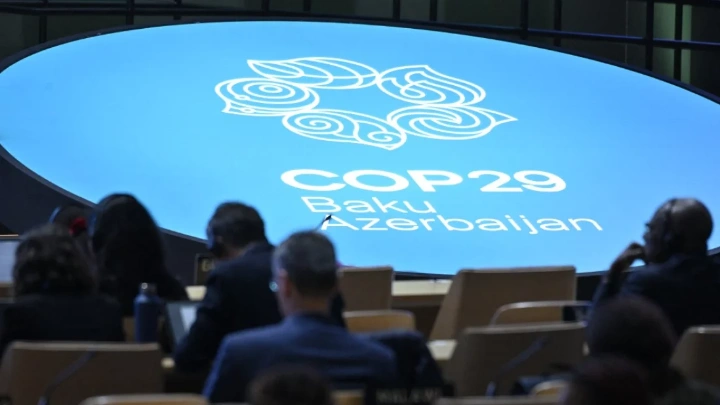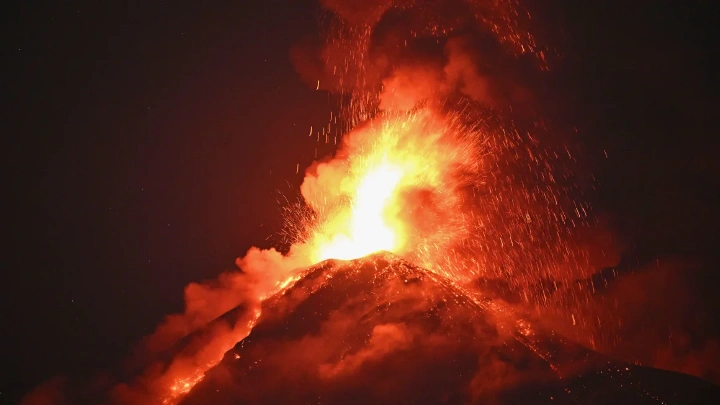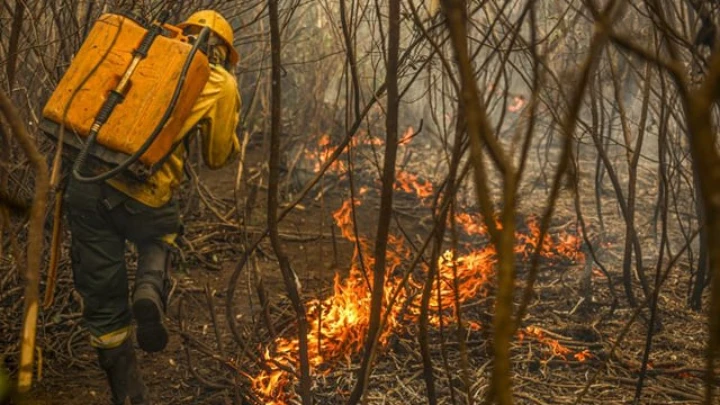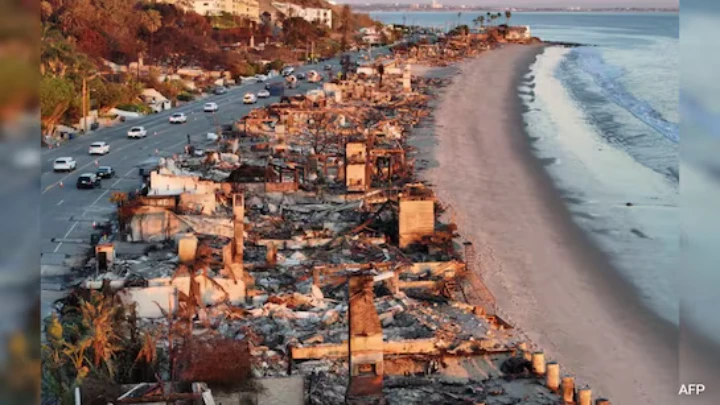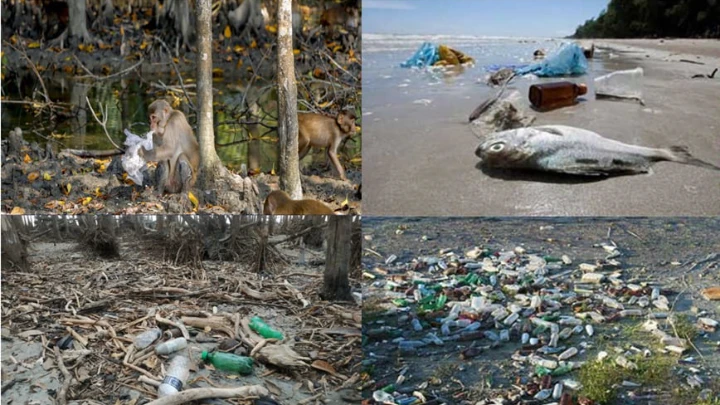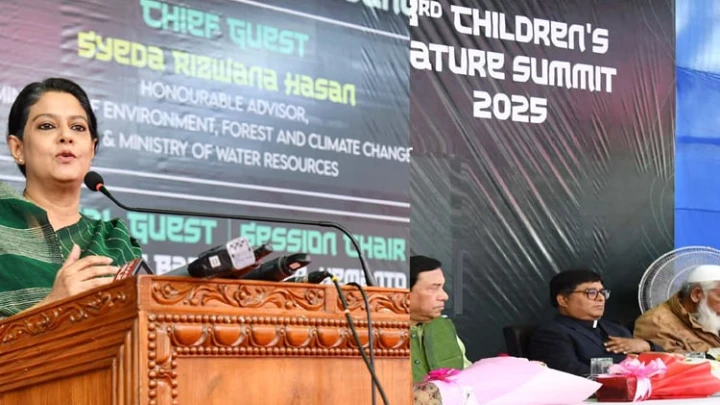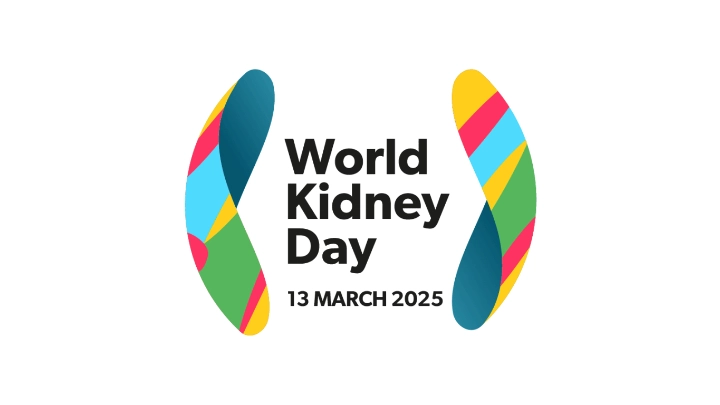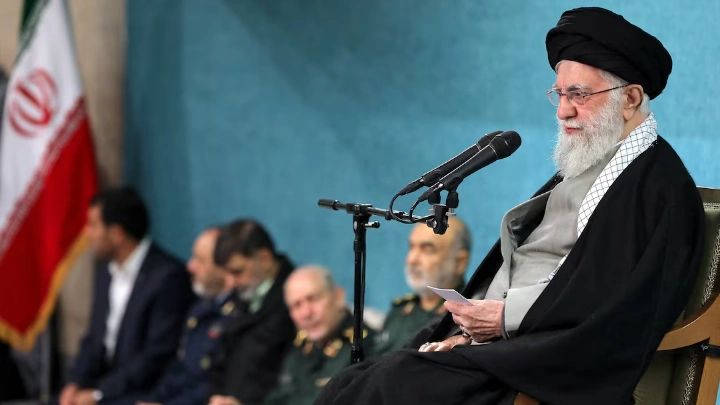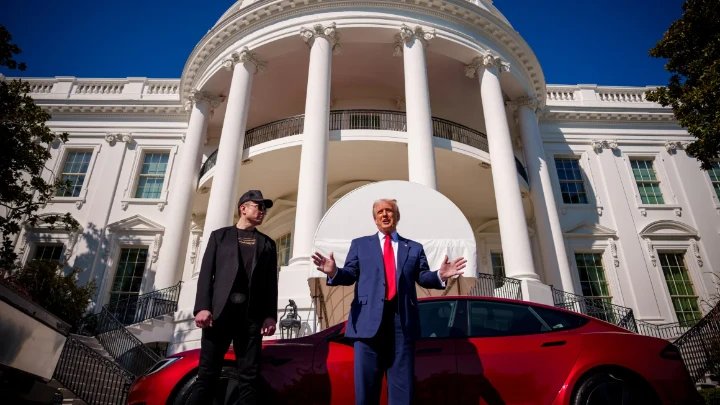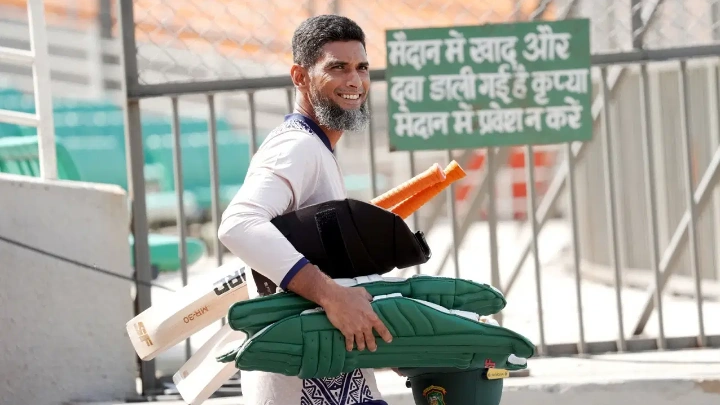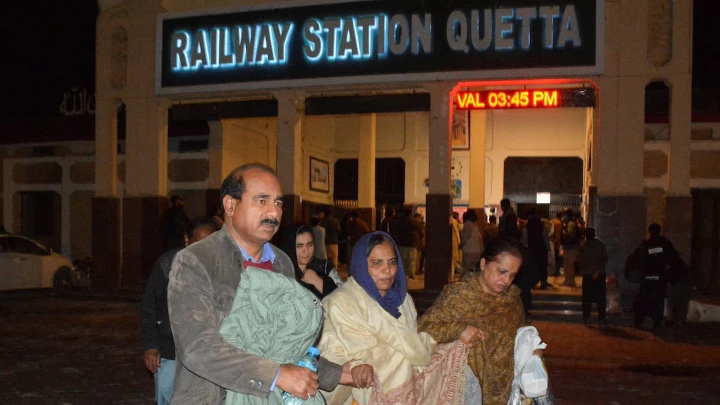COP29 in Azerbaijan: Unrealistic wealth transfers and misguided climate priorities
Bjorn Lomborg || Shining BD
The UN climate summit in Azerbaijan [Nov 11-22] is happening in the shadow of Donald Trump’s election, and many key leaders won’t even show up. With low expectations set before it even began, the summit will nonetheless see grandiose speeches on the need for a vast flow of money from rich countries to poorer ones. Unrealistic even before Trump’s victory, such calls for trillions of dollars are misguided and sure to fail.
The main problem is that wealthy countries—responsible for most emissions leading to climate change—want to cut emissions while poorer countries mainly want to eradicate poverty through growth that remains largely reliant on fossil fuels. To get poorer countries to act against their own interest, the West started offering cash two decades ago.
In 2009, then-US Secretary of State Hillary Clinton promised “new and additional” funds of $100 billion annually by 2020 if developing countries agreed to future carbon cuts. The rich world didn’t deliver, and most funding was simply repackaged and often mislabeled development aid.
This fiasco notwithstanding, developing countries now want more money. In 2021 India stated that it alone would need $100 billion annually for its own transition. This year, China, India, Brazil and South Africa agreed rich nations should increase their financing “from billions of US dollars per year to trillions of US dollars.” All this was predicted back in 2010 by UN Climate Panel economist Ottmar Edenhofer: “One must free oneself from the illusion that international climate policy is environmental policy.” Instead, “we are de facto distributing world wealth through climate policy.”
But it is hard to squeeze billions, much less trillions out of a rich world that has its own problems. Cleverly, campaigners and many developing countries have rebranded the reason for these transfers by blaming weather damage costs on rich world emissions and requesting compensation for “loss and damages”.
Factually, this is an ill-considered claim because weather damages from hurricanes, floods, droughts, and other weather calamities have actually declined as a percentage of global GDP since 1990, both for rich and poor countries. Deaths from these catastrophes have plummeted.
But this rebranding is a great way to increase the ask. At last year’s climate jamboree, politicians agreed to create a “loss and damages” fund, which has just been set up. The UN’s climate change body estimates it will generate a flow to poorer countries in the region of $5.8-$5.9 trillion between now and 2030. Others are making even larger estimates such as $100-238 trillion by 2050. Some campaigners suggest the West should raise $2.5 trillion annually to get reparations started.
This will be prohibitively expensive for the West: the demand means a cost of $1,000 or more from every person in the rich world, every year for the foreseeable future. This is on top of the cost of rich world carbon emission reduction policies that will be even more expensive.
A recent American survey shows that an overwhelming majority would reject such large transfers, and majorities across the West would likely reach similar conclusions.
Moreover, poor people across the world struggle with poverty, disease, malnutrition, and bad education, which could be alleviated at low cost. It is wrongheaded and immoral to mostly ignore those afflictions and instead spend trillions on climate projects. To add insult to injury, the added spending will likely squeeze aid spending further. Even if the money could be mustered, it is highly doubtful the trillions will go to the poor instead of pompous vanity projects or Swiss bank accounts. Finally, the transfers will not negate the fact that poorer countries still need first to get out of poverty by driving development with enormous amounts of energy, much of which will still be fossil fuels.
Since today’s poorer countries are going to be responsible for the vast amount of emissions in the 21st century, the real challenge is to hasten the day they can switch to green energy. This isn’t achieved with enormous reparations payments. Instead, governments should focus on spending much less but much more efficiently on innovation. Spending tens of billions of dollars annually on low-CO₂ R&D to innovate the price of green energy below fossil fuels will drive down the price of future green energy, eventually making it rational for all countries and especially the world’s poor to switch.
Such a sensible proposal is what politicians should agree on at the UN climate summit. Unfortunately, the global climate process has lost its way. Most of the focus this week will instead be on the need for huge transfers of wealth. These were never going to happen, even before Donald Trump’s election—but now they are utterly unrealistic.
Shining BD

